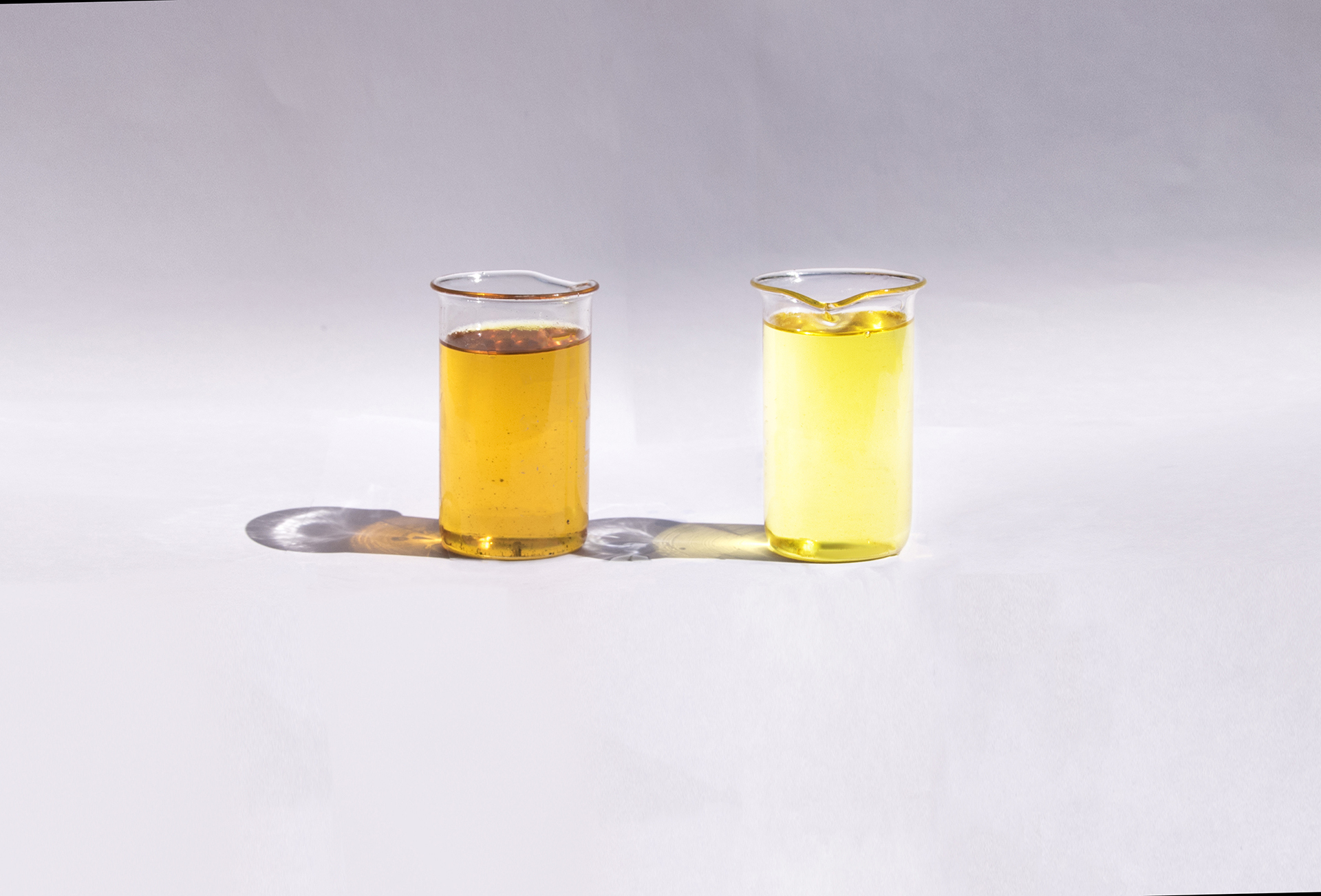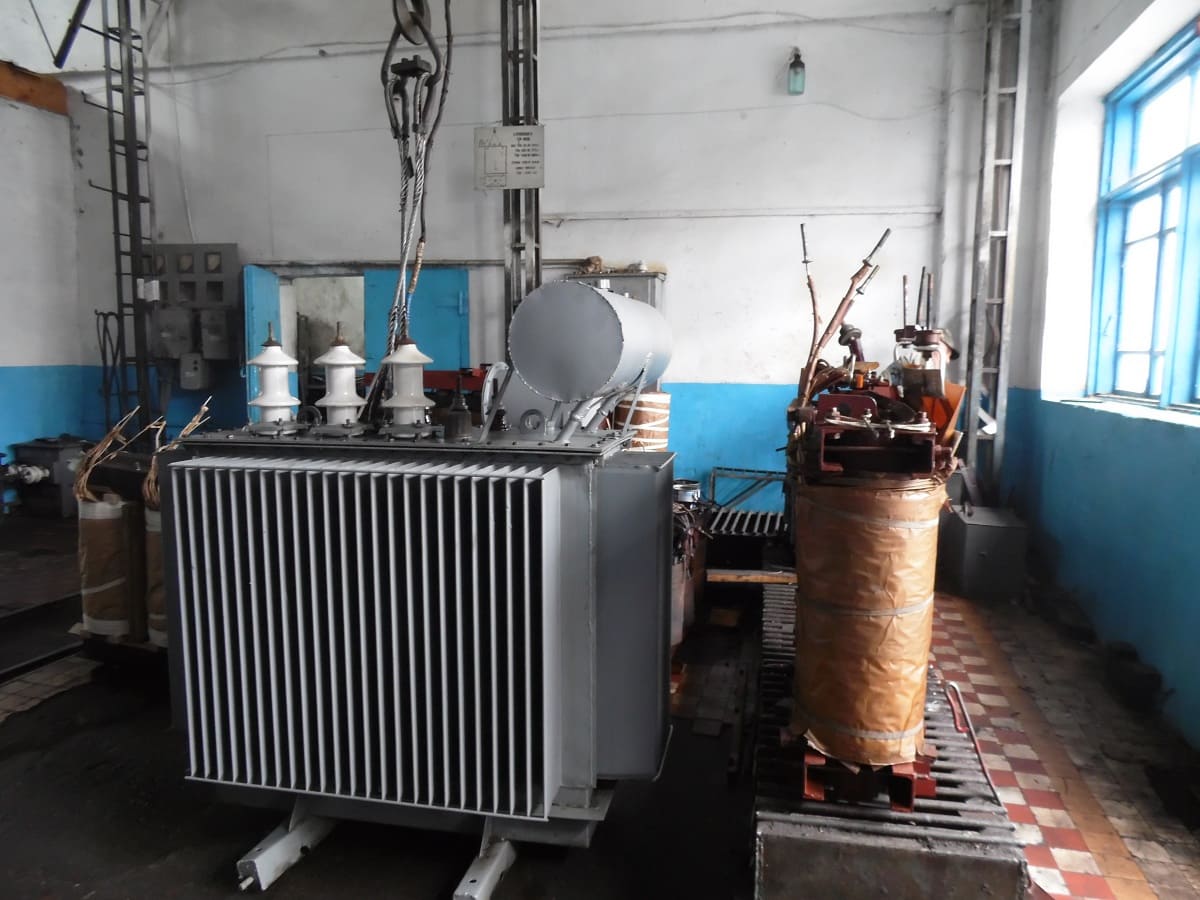Transformer Oil Quality Index

In this article, we will discuss the importance of applying comprehensive criteria using the example of transformer oil parameters.
Transformer oil performs several functions. The first function is insulating. Oil serves as an insulating medium and prevents contact between the transformer live parts. The second function is heat-removing. Oil removes the heat from the transformer heating parts. The third function is diagnostic. It is possible to determine the status of the transformer and the types of defects developing therein by the amount of substances, e.g. water, dissolved gases, contained in oil.
In view of its functions, oil is constantly exposed to negative factors: high temperatures and high voltages. If the oil quality deteriorates even slightly, the risk of breakdown and overheating considerably increases which leads to an emergency. Therefore, the condition of transformer oil must be monitored, and improvement measures must be taken when necessary.
What parameters are used to assess the quality of transformer oil?
All the parameters used to assess the quality of transformer oil can be divided into several groups:
- parameters that allow assessing the appearance of transformer oil;
- parameters that characterize the dielectric properties of oil;
- parameters that characterize the current condition of oil;
- parameters that characterize the degree of transformer oil aging.
The appearance of transformer oil is assessed by its color and transparency. The color of the oil being used may change from light yellow (new oil) to dark brown (aged oil). In order to determine the color of transformer oil, a set of color standards is used against which an oil sample is checked, and it is concluded afterwards that the current color of oil is compliant with a certain standard.
The dielectric properties of oil are assessed by measuring its breakdown voltage and dielectric loss tangent. The breakdown voltage is the minimum voltage applied to a dielectric and causing its breakdown. The dielectric loss tangent characterizes the insulating properties of transformer oil. In the event of new oils, this parameter allows assessing the quality and degree of their purification, and in the event of operational oils, the degree of their contamination and aging. The breakdown voltage and the dielectric loss tangent are usually determined in the laboratory by testing the oil samples with instruments.
The current condition of oil can be determined by analyzing the parameters such as moisture content, purity class, gas content, etc. These parameters are determined both in the laboratory and with special sensors installed on the transformer or in pipelines.
The most indicative parameter for assessing the degree of oil aging is the neutralization number. The longer the oil is used and the more severe the operational conditions are, the more intensively aging and degradation with formation of acids run. The neutralization number is determined using laboratory methods for the most part by the number of milligrams of alkali required to neutralize one gram of acid.
Importance of the parameter assessing the overall quality of oil
The need for a parameter that would assess the overall condition of transformer oil has been long overdue. The foregoing list of parameters for assessing the quality of oil is not exhaustive.
The main problem is that each parameter does not provide complete and true insights into the condition of transformer oil, and determining a great number of parameters takes a lot of time. In addition, critical damages to transformers can develop very quickly which further limits the timeframes needed to carry out a great number of tests.
Thus, there arises a question: is it possible to calculate a certain comprehensive indicator that will give the most complete information about the condition of transformer oil by determining the minimum number of parameters? In theory, that kind of possibility exists, because a change in one oil parameter is often correlated with changes in other parameters. Indeed, these are often complex and nonlinear relationships, but the current development of mathematical and experimental methods makes the problem manageable.
Oil quality index (OQI): the approach using the neutralization number and the interfacial tension
Attempts to solve the problem of assessing the overall condition of transformer oil resulted in the introduction of a new term — the oil quality index (OQI). As at the date of writing this article, there is no method for determining this parameter that would be affirmed in the applicable electric power standards, but some scientists are actively working in this regard and offer options for calculating the transformer oil quality index.
One approach is based on using the neutralization number and the interfacial tension of oil. The calculation formula is as follows:
OQI = IFT/NN,
where IFT is the interfacial tension of transformer oil, mN/m, NN is the neutralization number of transformer oil, mg KOH/g.
For fresh transformer oil, the neutralization number equals 0.03 mg KOH/g, and the interfacial tension equals 45 mN/m. It is easy to calculate that the OQI for new oil will be equal to 1,500 in this case.
The following intervals are adopted for assessing the quality of transformer oil:
- 300–1,500 — good oil;
- 271–600 — the oil which quality is balancing between good and bad;
- 45–159 — bad oil;
- 22–44 — very bad oil.
Oil quality index (OQI): the approach using the water solubility coefficient
Another approach to calculating the OQI is based on using the water solubility coefficient. If we compare new and operational oils, then the water will dissolve better in operational oil, and it is proposed that aging of oil be assessed by a change in water solubility compared to new oil. The formula for calculating the OQI is as follows:
OQI = 1 – ((Bmax – B)/(Bmax – Bmin)),
where B is the value of the water solubility coefficient for oil, Bmax — the maximum value of the solubility coefficient, Bmin — the minimum value of the solubility coefficient. Bmax and Bmin are usually constant and obtained empirically from the study of a large sample of oil-filled transformers.
In this case, the OQI varies from zero to one. A one represents a good-quality oil, and a zero represents a bad aged oil.
In our opinion, the second method is more promising, because it is more flexible and offers good prospects for diagnosing the condition of transformer oil online.

